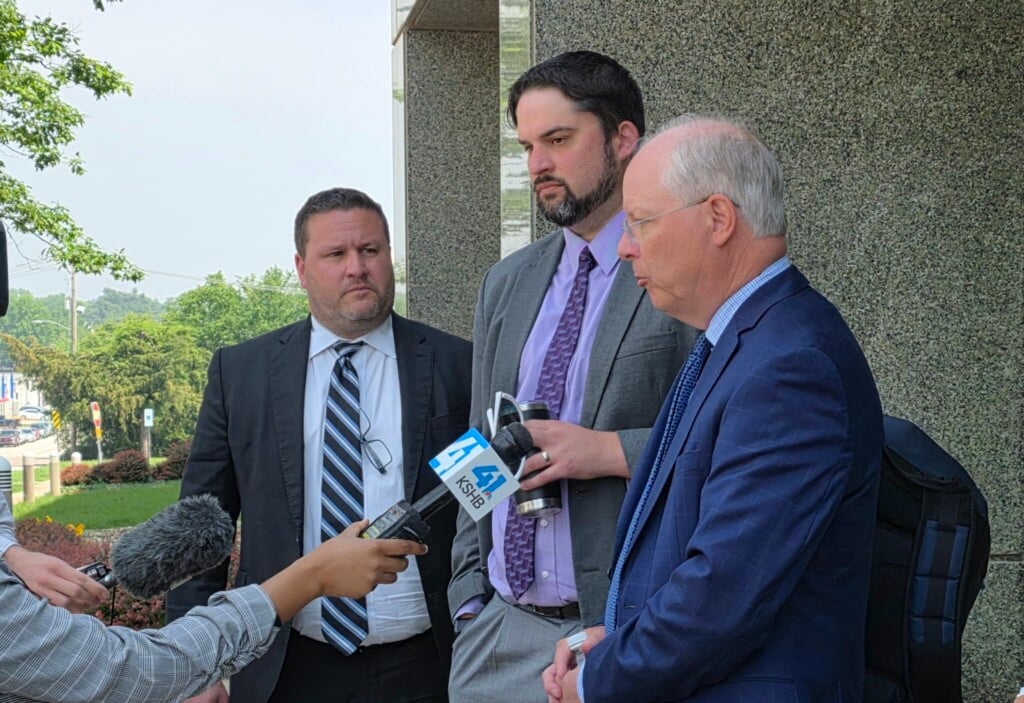Kansas City Strip
Monkey business: The king of the Great Ape House back in 1968 was Big Man. The massive gorilla was a huge draw for carrot- and peanut-wielding youngsters and their kindergarten teachers, who fattened him up in the days before zoo nutritionists managed to hog all the fun. Those days are gone, and by fall the crumbling concrete Monkey Palace will be too, replaced by a leafy orangutan habitat Jane Goodall would approve of.
With its sleek George Jetson architecture, the space-age Ape House was the zoo’s centerpiece and the pride of Kansas City. One year, its picture even showed up on the vehicle inspection sticker affixed to residents’ windshields (the decal previously had featured images of fountains), serving as a visible symbol for tavern critics of “the monkey tax” as the city handed over millions of dollars to the apes.
Now there’s an idea. If the city wants voters to pony up millions for new projects this year, at least the council should promise that we’ll all get little car stickers that celebrate our investments. Perhaps tiny stick-on maps of Asia would spur contributions toward the zoo’s next pricey expansion, or an artist’s rendering of a streetcar would galvanize generosity toward light rail.
Or just bring back the monkey tax, this time accompanying a sticky picture of city councilwoman Teresa Loar. Revenues would pay for art-appreciation classes for Loar and her fellow Aviation Committee members, who have been agonizing over a proposal for inlaid brass arrows in the airport’s new floor. Worried that unsophisticated travelers might be confused by small, stylized arrows that point nowhere and everywhere (like the air currents they would represent), Loar and the council trashed the gorgeous floor design last week, the second submitted by New York-based artists Kristin Jones and Andrew Ginzel.
The fact that Loar is baffled by such a simple aesthetic pattern gives us a few worries of our own — specifically about how she’s finding her way around the city budget, which the council is set to approve on March 22. Besides, if the Aviation Committee really gave a rip about whether globe-trotting travelers were confused, it would have already hung clocks in the terminals, displaying the local time.




